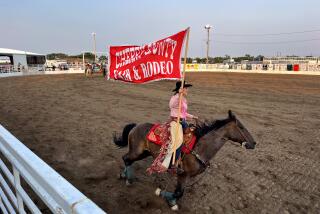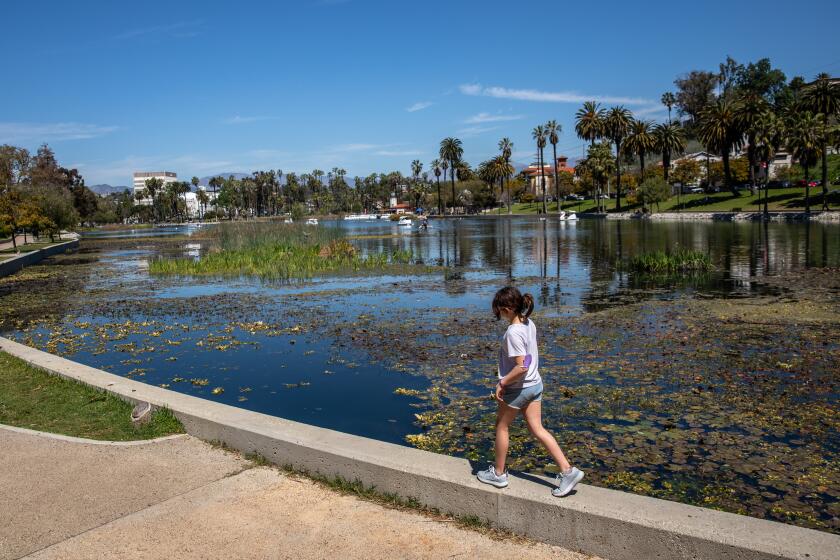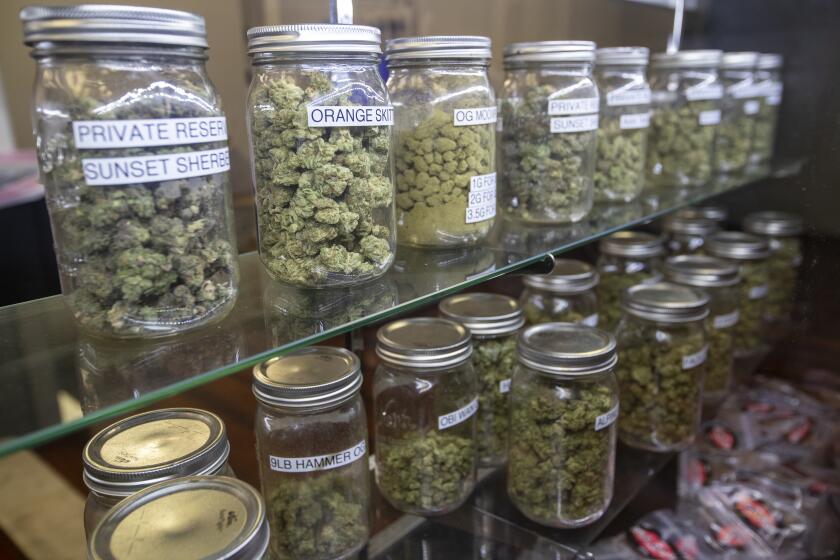New Hampshire’s missing Yankees
Every four years, critics from across the country grouse about this tiny state’s disproportionate influence on the presidential election. And it’s hard to ignore the fact that New Hampshire, whose population is 96% white, does not look like a lot of the country when it comes to race and ethnicity. But it also isn’t some pristine, untouched New England of your imagination, full of hidebound, Protestant Yankees, those mythic descendants of the early colonists from the British Isles.
For centuries now, New England has traded on its reputation as a repository of early American republicanism and values. The prestige of its elite prep schools and Ivy League colleges derives as much from these institutions’ claim to ancestral legitimacy as it does from their educational excellence. We mythologize Yankees, even if we don’t think they have too much to do with the rest of us.
In the early 20th century, as southern New England -- Massachusetts, Connecticut, Rhode Island -- felt the effects of heavy immigration, urbanization and industrialization, the imaginary heart of that region shifted north to the more heavily rural states of Vermont, Maine and New Hampshire. Old -- “authentic” -- New England, historian Joseph Conforti wrote, “endured in the Yankee towns and villages” in what had once been the regional periphery.
And indeed, if you drive the length and width of New Hampshire as I did last week, you’ll find plenty of tidy, iconic white villages anchored by steepled churches. What you won’t find many of, however, are Yankees.
In fact, far from being a static repository of the past, New Hampshire has been reinventing itself for generations. By the turn of the 20th century, it was one of the most heavily industrialized states in the country, and Manchester was home to the largest cotton textile mill in the world. In the 19th century, the mills of Berlin, Manchester and Nashua attracted hundreds of thousands of immigrants, the largest share of them French Canadians, whom some once called the “Chinese of the Eastern states.”
By some estimates, immigration coupled with the out-migration of many native-born New Hampshirites to the Midwest and West rendered old-line Yankees a minority in the state by World War II. In 1955, historian George Wilson Pierson lamented that the Yankees “put their faith in inventions and a cheap labor supply -- and so brought in people and standards that knew not the Puritan code.” Sure, some traditional Yankees persisted as craggy farmers and in-town members of a diminishing elite, but their fading presence, wrote Pierson, meant that New England was “finished.”
But New England was not finished. In New Hampshire, the increasingly Catholic and non-Yankee population looked to the Yankee past to reinvent the state into an aggressively independent, libertarian stronghold. It wasn’t until 1945 that the Legislature borrowed the words of New Hampshire’s most famous Revolutionary War soldier, John Stark, to create its famous motto: Live Free or Die.
Today, French Canadians represent the largest white ancestry group in New Hampshire, followed by the Irish and, finally, the English. But from all indications, they have done little to dramatically alter the state’s sociopolitical landscape. New Hampshire’s unique system of government -- which descends from the early English settlers’ religious beliefs that each church should select its own leaders -- may account for that.
Now New Hampshire not only boasts the third-largest Legislature (400 members) in the English-speaking world, but towns -- with their annual meetings -- are still the primary unit of governance. In other words, a belief in participatory democracy and a distrust for centralized power, along with a renowned disdain for taxes, were built into the system.
Another migration hit the state in the final third of the 20th century, this time from within the United States. Over the last four decades, New Hampshire has led the region in population growth. Today, about half of New Hampshirites were born outside the state, and no less than a quarter hail from neighboring Massachusetts. In 2002, only a third of the members of the state House of Representatives were born in New Hampshire. But few natives fear that the newcomers -- who have turned the southeastern part of the state into a suburb of Boston -- will change their political culture. If anything, said sociologist Michael Dupre, “newcomers take on the prevailing local ethos of individualism, independence and local control.”
So do “real” Yankees still exist in New Hampshire? Sure, you’ll find some of the rural variety in towns along the Upper Connecticut River Valley, and then there’s U.S. Sen. Judd Gregg, whose family arrived in these parts in 1719. But then again, who could be more New Hampshire nouveau Yankee than the Lebanese American Sununu family: John H. Sununu, who was the state’s governor and then White House chief of staff to George H.W. Bush, and his son, John E., who is currently a U.S. senator?
“In the end, what you think of as Yankee qualities do persist,” said David H. Watters, the director of the Center for New England Culture at the University of New Hampshire. “But you’ll find them in people with a lot of non-Yankee names.”
grodriguez@latimescolumnists.com
More to Read
Sign up for Essential California
The most important California stories and recommendations in your inbox every morning.
You may occasionally receive promotional content from the Los Angeles Times.










